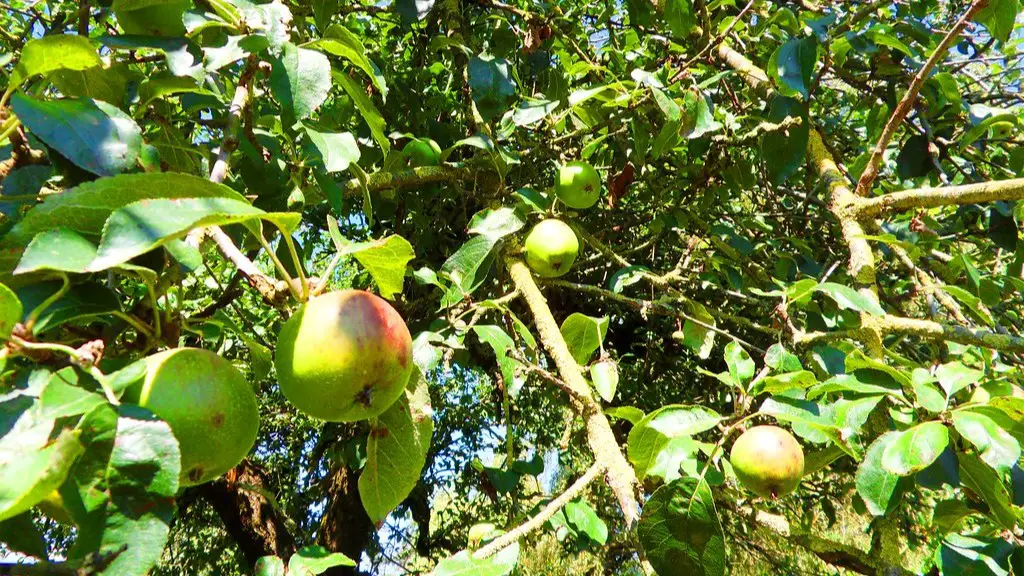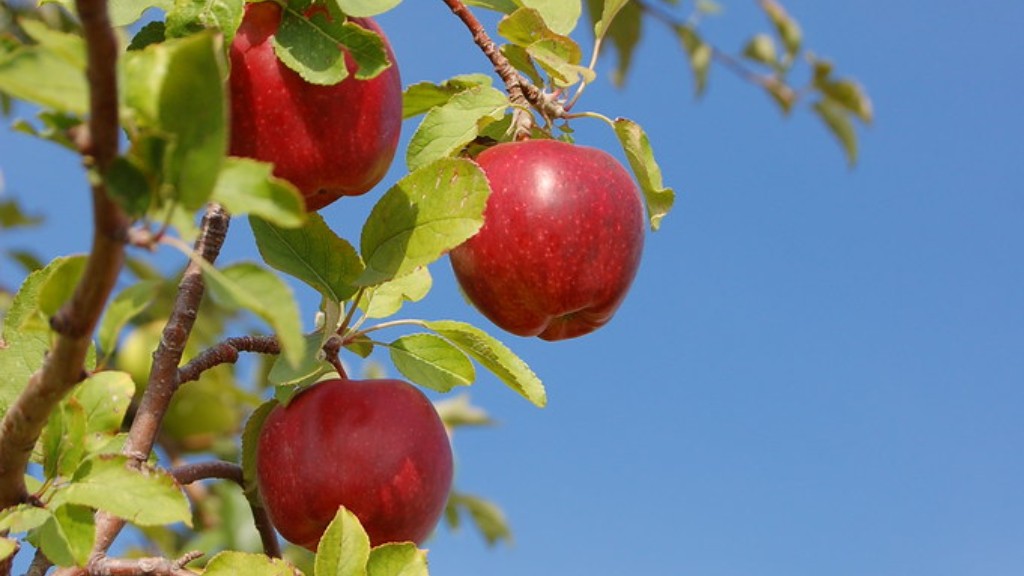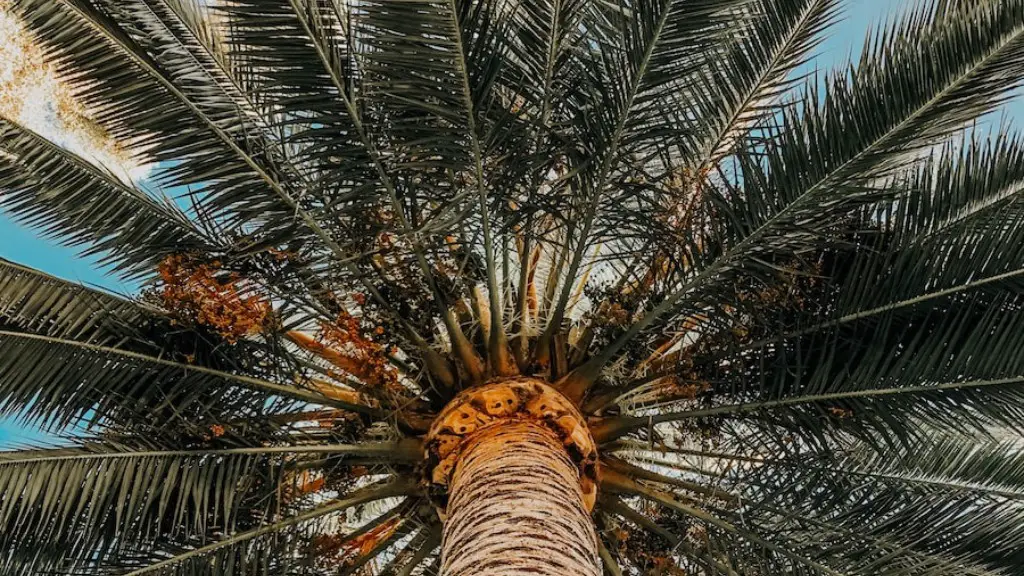Transplanting an apple tree seedling can be a tricky endeavor, especially for first-time gardeners. But with careful soil preparation and cautious handling of the seedling, it’s possible to successfully transplant a young apple tree with the right techniques. Here’s how to get the job done.
First, it’s important to find the right place for the seedling. Consider sunlight, soil composition, and available nutrients when choosing the perfect spot. Apple trees need around 8 hours of direct sunlight each day, so pick an area of your garden where the sun hits most of the day.
Once you’ve settled on a place to plant the seedling, it’s time to prepare the soil. Start by removing any weeds and other debris, then add a 3–4-inch layer of mulch. Then, work in some organic compost to introduce beneficial nutrients.
Next, dig the hole twice as wide and a bit shallower than the depth of the seedling’s root ball. Since apple trees like slightly acidic soil, consider adding a sprinkling of peat moss or sand to your garden’s soil before planting.
Gently take the seedling out of its container and place it in the center of the hole. As you fill the hole with soil, use your fingers to press down gently on the base of the seedling until it’s level with the ground. Water the soil completely and watch the seedling for signs of distress.
Finally, cover the newly planted area with a 2–3-inch layer of mulch. This will help hold in moisture, suppressing weed growth and providing the seedling with extra nutrients over time. You’re done!
How to Care for a Newly Transplanted Apple Tree Seedling
Now that you’ve transplanted an apple tree seedling, it’s important to keep up with the care it needs. Start by pruning any dead or damaged branches and leaves from the seedling. This encourages new growth and healthy foliage.
Once the seedling is stabilized, give it 2–3 inches of water per week, or more during dry spells. Note that since apple trees have shallow roots, they need water more frequently than other trees.
Add fertilizer several times during the growing season to encourage new growth and strengthen the plant. A general-purpose fertilizer or one specifically designed for apple trees should do the trick.
When the winter months arrive, be sure to cover the seedling with a layer of insulated material. This will protect the roots from cold weather, allowing the seedling to thrive in the spring.
Remember to keep on top of weeding and other debris near the tree’s roots. This will allow the seedling to get the air, sunlight, and fertilizer it needs to flourish over time.
Pest Prevention for an Apple Tree Seedling
Unwanted pests like rodents and insects can damage a young apple tree, preventing it from reaching its full potential. So, it’s critical to inspect the seedling for signs of pests. Check for insects under the leaves, as well as gnawed branches, as these are two common signs of damage.
Apply an organic insecticide or alternatively, use a light horticultural oil to get rid of any insects found on the tree. And, cover the base of the tree with a layer of mulch or gravel to physically deter rodents from getting too close.
Apple trees are also prone to various fungal diseases, including apple scab, so look out for any discoloured or depressed patches of bark on the tree. Finally, keep an eye out for existing or diseased trees nearby, as these can pass diseases onto your seedling if not dealt with promptly.
Tending to an Established Apple Tree Seedling
Once the seedling has been established, it’s important to tend to it regularly. Start by providing 1–2 inches of water per week. During the winter, increase this amount to counteract the drying affect of the cold weather.
Fertilize several times per year to promote new growth. For established apple trees, use a nitrogen-rich fertilizer or one specifically formulated for apple trees. Take this opportunity to pick off any dead or diseased leaves as well.
It’s also worth pruning the seedling several times a year. This keeps the tree looking tidy and helps to promote strong, vertical growth. Take care not to overdo the pruning, though, as green foliage is important for photosynthesis.
Finally, use a combination of organic insecticides, horticultural oils, and netting to keep pests away from the seedling. This should prevent any serious damage and allow your fruit tree to grow strong and healthy.
Mature Apple Tree Seedling care
Once your apple tree seedling has grown into a mature tree, you’ll need to take different precautions to ensure it produces a good crop of apples.
Start by continuing your regular pruning schedule. This will keep the apple tree from becoming overgrown and promote better yields later on.
Next, be sure to spread a thick layer of mulch (or straw) around the tree’s base several times a year. This helps to retain moisture, suppress weed growth, and add lots of beneficial organic material to the soil.
Apply liquid fertilizer every couple of months during the growing season. Too much fertilizer can cause over-fertilization, however, so don’t overdo it.
Finally, keep an eye out for pests, diseases, and other damage. Adding plant supports to the young tree could help to reduce diseases like fireblight, and netting may help to protect the tree against hungry birds.




